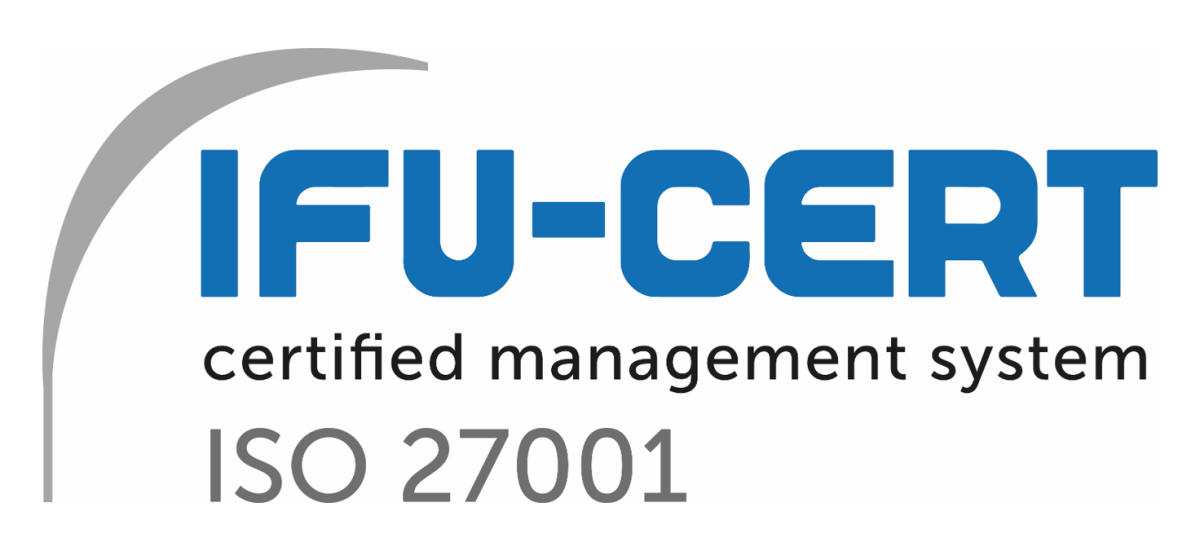More than 200 transactions per second with BOX for SWIFTNet on Linux for System z
From February 15th to 16th 2012 IBM and Intercope performed a test of BOX for SWIFTNet (BOX) in the Global Client Center, IBM Germany R&D in Böblingen (1).
The application was installed on Linux for System z in a dedicated LPAR together with IBM DB2 for Linux, UNIX and Windows (UDB), IBM WebSphere MQ, and IBM WebSphere Application Server (WAS) (2) on a zEnterprise System 196 (z196). The following table shows the transactions per second (TPS), per hour (TPH), and per 5 hours (3) measured in this environment running with 1, 2, and 3 processors.
Table 1: Transactions per Second (TPS), transactions per hour (TPH), and transactions per 5 hours (TP5H) on a z196
|
Processors |
TPS |
TPH |
TP5H |
|
1 |
106 |
381.600 |
1.908.000 |
|
2 |
190 |
684.000 |
3.420.000 |
|
3 |
238 |
856.800 |
4.284.000 |
The following table shows the transaction rates for a zEnterprise system 114 (z114)
Table 2: Transactions per Second (TPS), transactions per hour (TPH), and transactions per 5 hours (TP5H) on a z114
|
Processors |
TPS |
TPH |
TP5H |
|
1 |
69 |
248.400 |
1.242.000 |
|
2 |
119 |
428.400 |
2.142.000 |
|
3 |
146 |
525.600 |
2.628.000 |
The test results indicate that even the message volumes handled by large SWIFT users can be processed with one processor on a z196 or with 2 processors on a z114 including the resources required for DB2, MQ and WAS. Additional resources may be required for development and test systems.
Notes and explanations:
(1) See: TMCC R&D Client Centers Böblingen
(2) About 2/3 of the utilized CPU resources were used by the BOX application and 1/3 by DB2.
(3) Meaning of “Transaction” in the performance measurements
For each test 80.000 typical SWIFT MT input messages were fed into BOX via WebSphere MQ (MQ) from the SWIFT tank file. BOX stored these messages in its database, processed them according to a predefined workflow and emulated the transmission to SWIFT by writing them into another MQ queue. For each of these SWIFT Input messages a SWIFT ACK was generated, stored in the database, associated to the original SWIFT input message, processed according to predefined routing rules and delivered to MQ. At the same time for each SWIFT input message a SWIFT output message was generated, stored in the BOX database, routed according to predefined routing rules and delivered to a MQ queue.
The information provided in this post is also available as PDF flyer on the download page:





